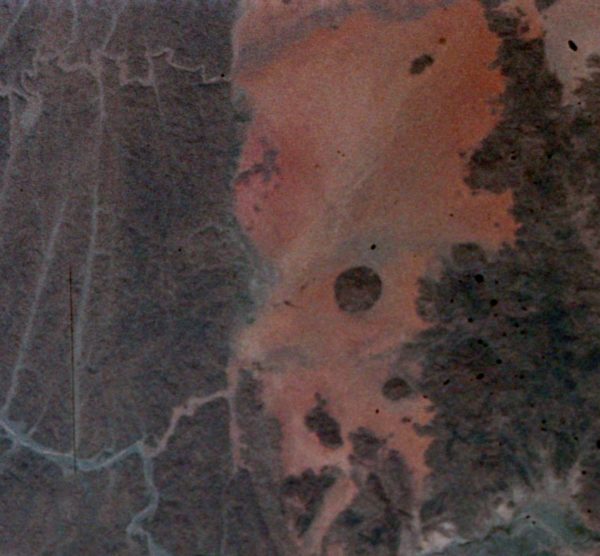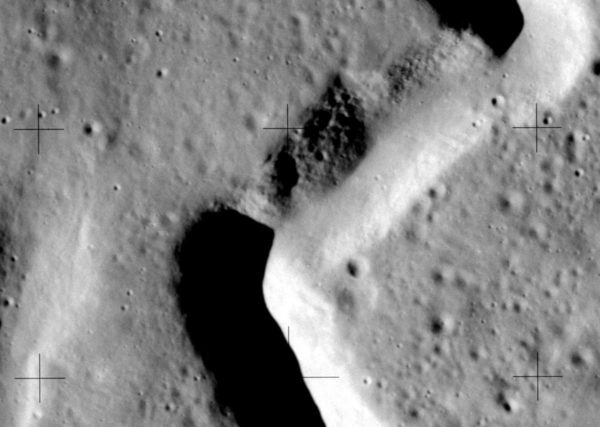The Apollospace Imaging Process
Most of the raw public domain Apollo images (including all color images) used in creating the images found on this site were acquired from Arizona State University (ASU), pursuant to an Agreement with NASA’s Johnson Space Center (JSC) for scanning NASA’s collection of Mercury, Gemini, and Apollo imagery in the highest resolutions ever made available. Black and white images not yet available through ASU were acquired from the National Archives and/or NASA/JSC images sources.
Additional information about the ASU scans and scanning process can be found here and here. Individual raw images in various sizes are available to download from the site including unprocessed scans measuring 14,000+ pixels and over a GB in size each.
Apollospace acquired these raw images from ASU and converted them to ultra high-quality JPEGs, measuring 5000 x 5000 or 5200 x 5200 pixels in size at 300 dpi, in sizes of approximately 20-30 MB following compression. The black and white images from other sources generally measure 4000 x 4000 pixel at 300 dpi.
We fully cropped, cleaned, and restored the images and have made them available here for browsing and downloading mission collections.
The flight image galleries on this site are 1200×1200 pixels for browsing the images and slide shows. Mission flight images can be downloaded by mission or film magazine for free as zip files with the images measuring 3600×3600 pixels. Our highest-quality images are available in Mission images collections on media available from Apollospace through eBay, where we’ve sold space memorabilia since 1995.
Each image was lovingly and painstakingly corrected and enhanced as follows:

Raw version of NASA image AS09-20-3106. Image courtesy of NASA/JSC/ASU
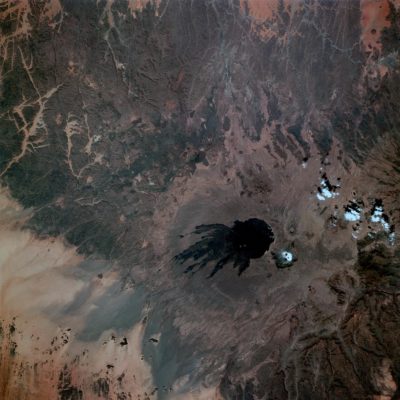
Apollospace cropped and color corrected version of AS09-20-3106.
The borders of each image were cropped off. The image borders do not have uniform widths, and the images shift slightly during the scanning process, meaning the borders sizes vary. The Apollospace images are thus sized at either 5000 x 5000 or 5200 x 5200 pixels for consistency, depending upon the resulting size of the cropped image.
The images were then corrected for tone, color, and contrast.
One of the chief challenges in the raw scanned images is the lack of contrast, which results in the images having a ghostly fog. Among the observations of space by the astronauts themselves is how inky black space is. Thus, during processing, one of the main aims is to achieve as black a sky as possible without losing image details.
Because the images were shot at various exposures and lighting conditions, there is a wide contrast variation in original scanned images. For aesthetic and other reasons, the images have been processed to reveal as much detail as possible. For example, images of the lunar surface from orbit with the sun directly overhead are overexposed and, lacking shadows, the surface lacks detail and appears flat. Such images have been processed to bring out the most detail possible, which generally results in them appearing much darker in comparison to other images but allows for better detail in crater rays.

Closeup view of extreme upper right corner of image AS09-20-3106 with lines and emulsion blemishes removed.
The images are then blown up to their maximum resolution and cleaned of scratches, blemishes, dust, hair, scanning lines and other defects. It is not uncommon for a single image to require hundreds of corrective actions to clean the image of blemishes, faults, and defects. The end result are the cleanest images available anywhere, even at maximum resolution, without the distracting blemishes found in raw images and most corrected images available elsewhere. As seen in some of the samples below, it is common for images to require as many as several hundred corrective actions to achieve the enhanced images available at Apollospace!
The images are further corrected and enhanced to provide clarity and consistency. Levels and colors are balanced to make viewing the images, individually and as part of a slide show, as seamless and pleasing as possible.
Here you can see numerous flaws in a tiny section from image AS09-20-3156:

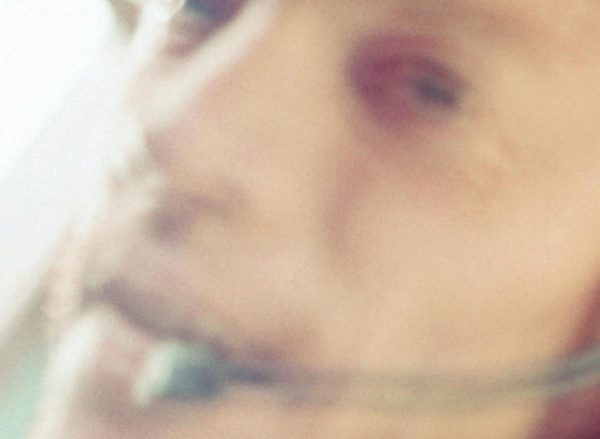
Below is the raw scanned image of image AS09-22-3473. The lack of detail and fogginess of the image are obvious, as are dark blemishes to the right of the island at lower center in the image.

Here is a detail from the center/right area of the island pictured in the image, after color correction but prior to removal of blemishes:
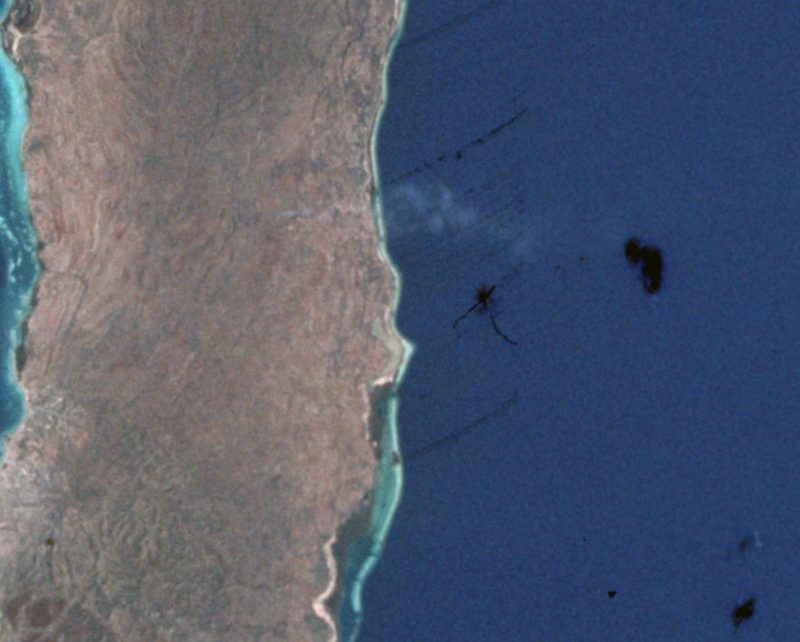
Here is the same area after the blemishes have been removed:

Corrected image detail NASA ID# AS09-22-3473, credit NASA/JSC/ASU/Apollospace
Image AS09-22-3473 after full restoration and correction.
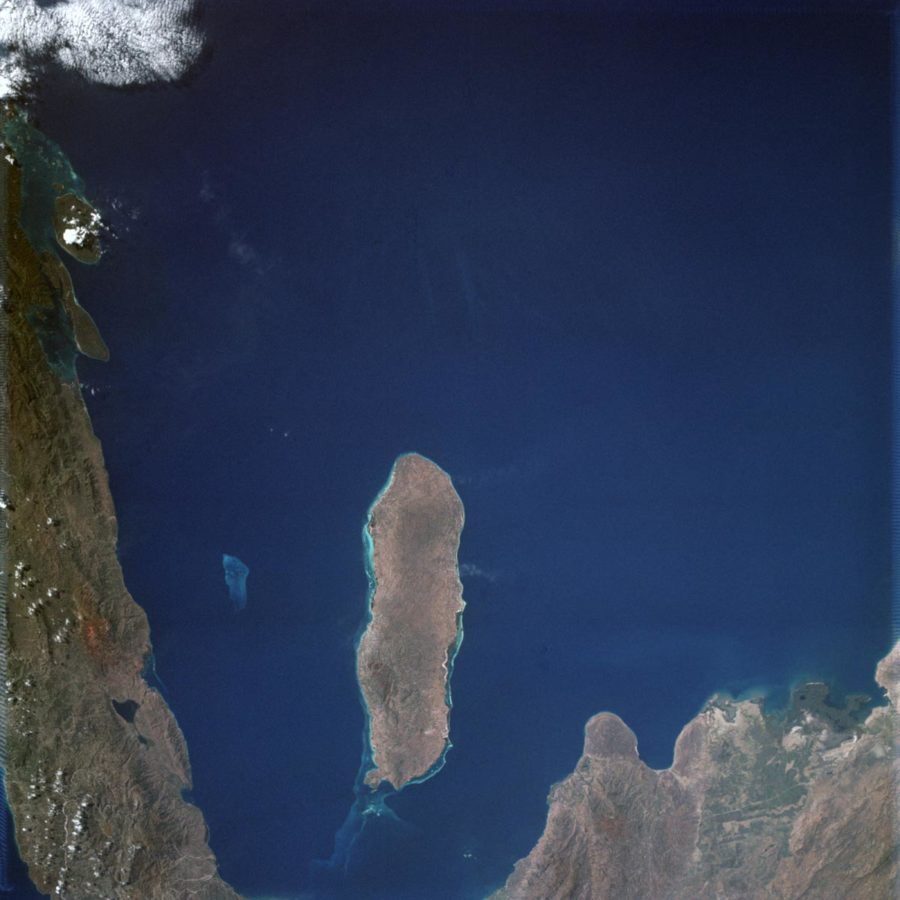
Corrected and restored image NASA ID# AS09-22-3473, credit NASA/JSC/ASU/Apollospace
Here are various stages of correction for AS15-95-12872:

Raw Image courtesy of NASA/JSC/ASU.
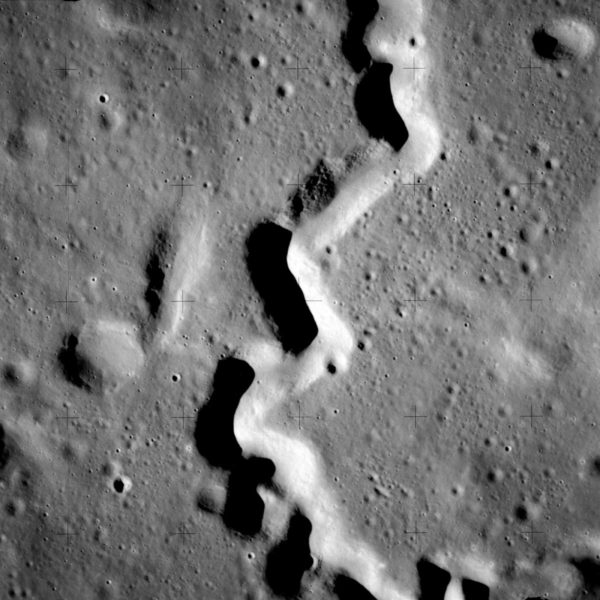
Image corrected by Apollospace.
Literally hundreds of corrections were made on some images, such as seen in this section of AS10-35-5205:

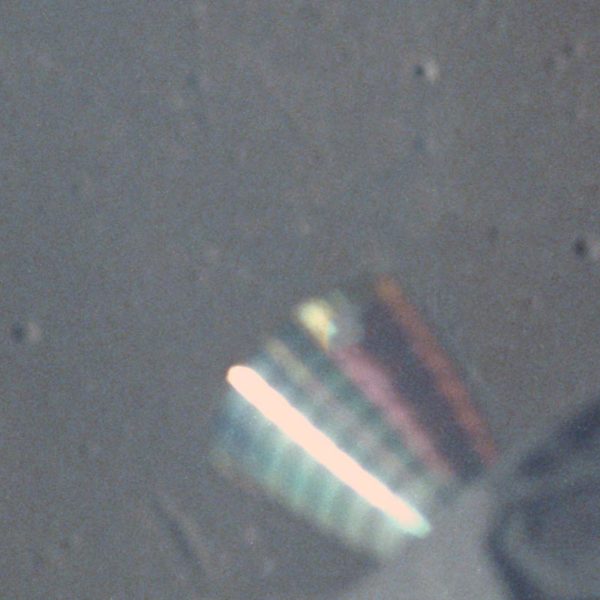
Then you have raw images that look like AS08-18-2908:
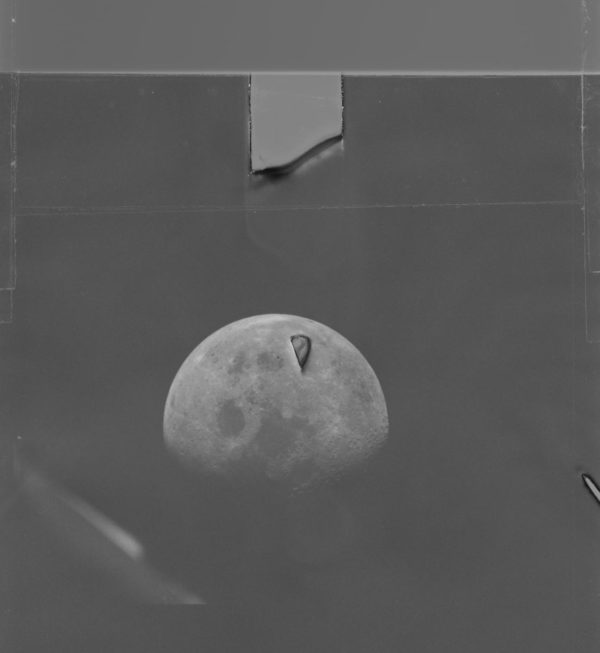
Raw image of AS08-18-2908 courtesy of NASA/JSC/ASU

AS08-18-2908 corrected by Apollospace.
And images that look like AS08-13-2299! (we’re still working on correcting mission flight images for a reason!)
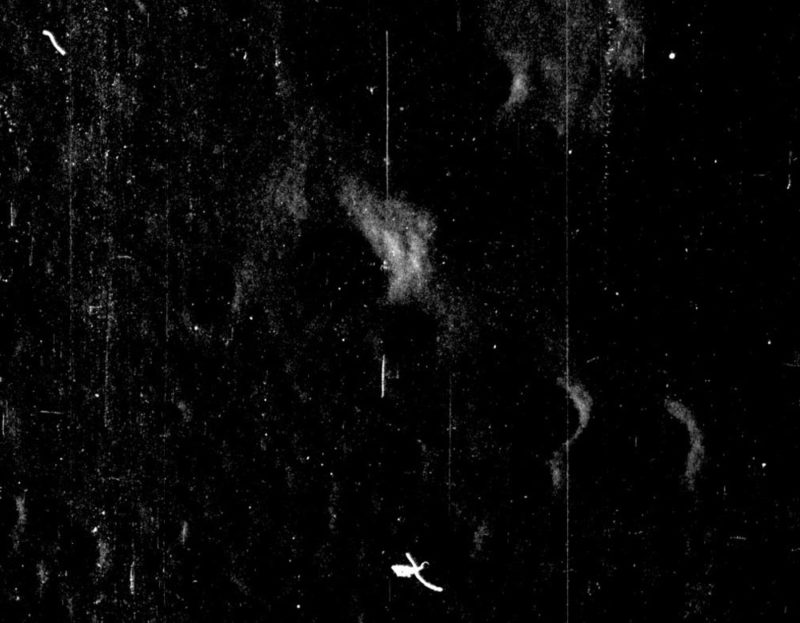
And more lines, dust debris, and hairs than could or should reasonably be counted:
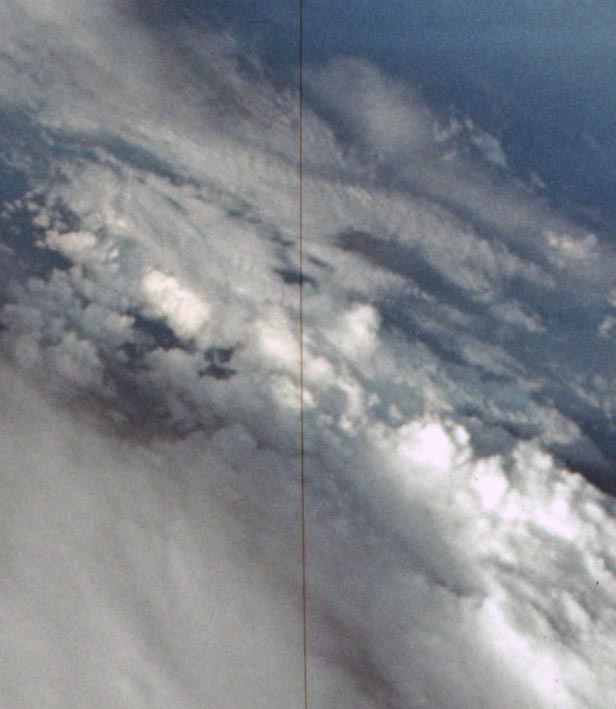
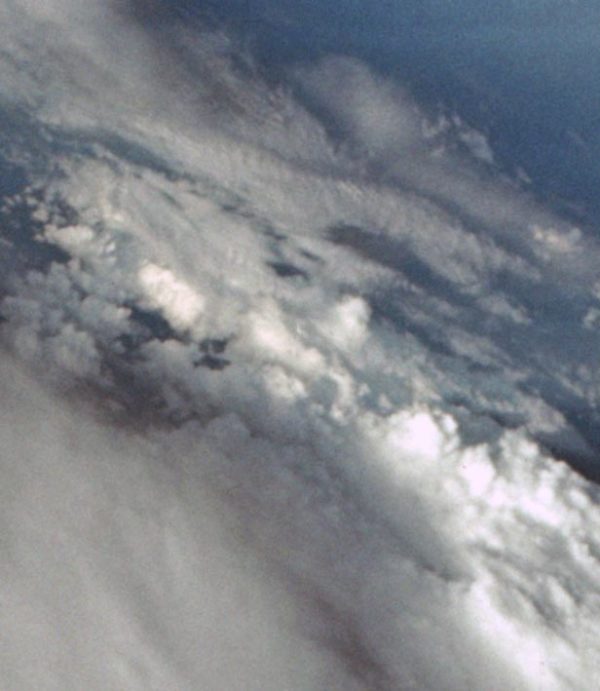
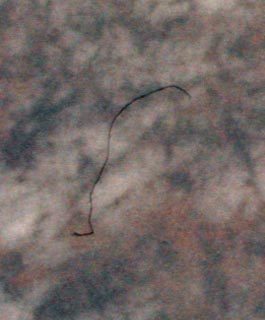
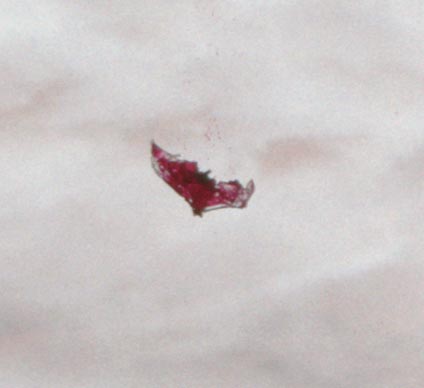
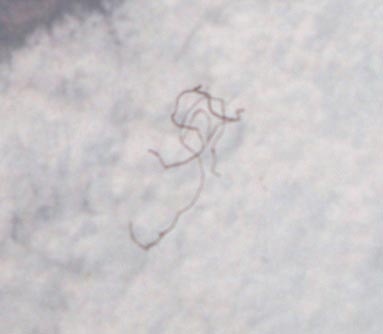
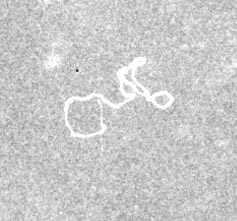
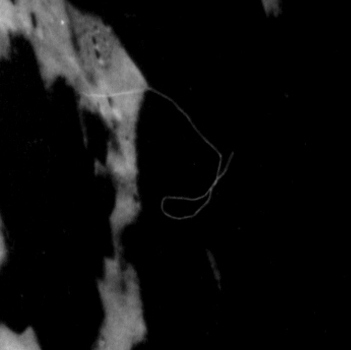
The end result of these efforts is simply the finest collection of Apollo images available anywhere. Enjoy!

